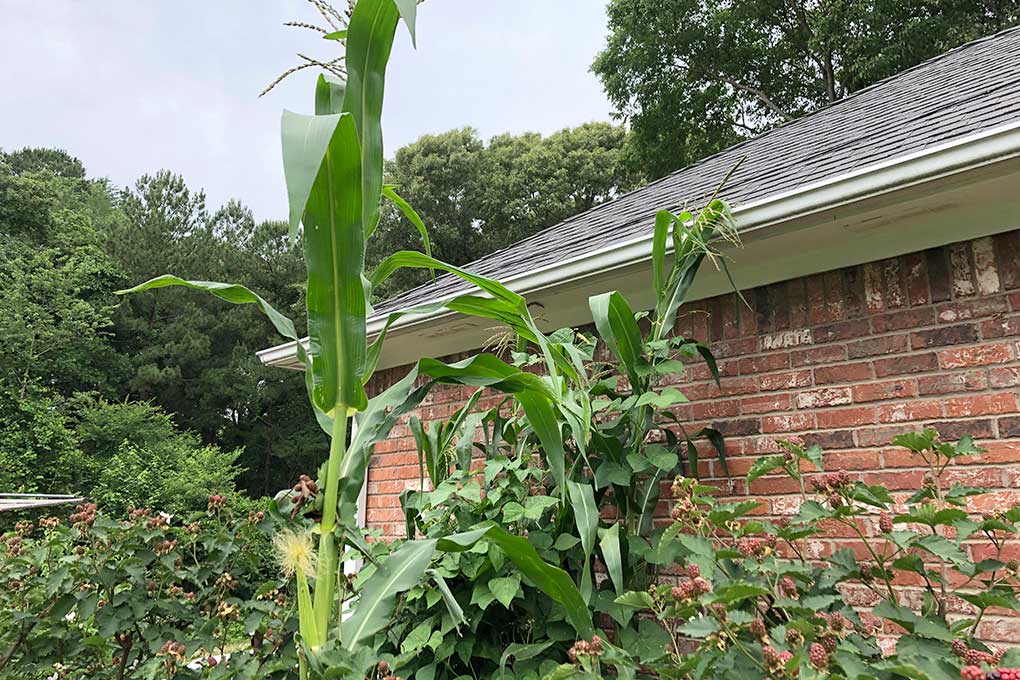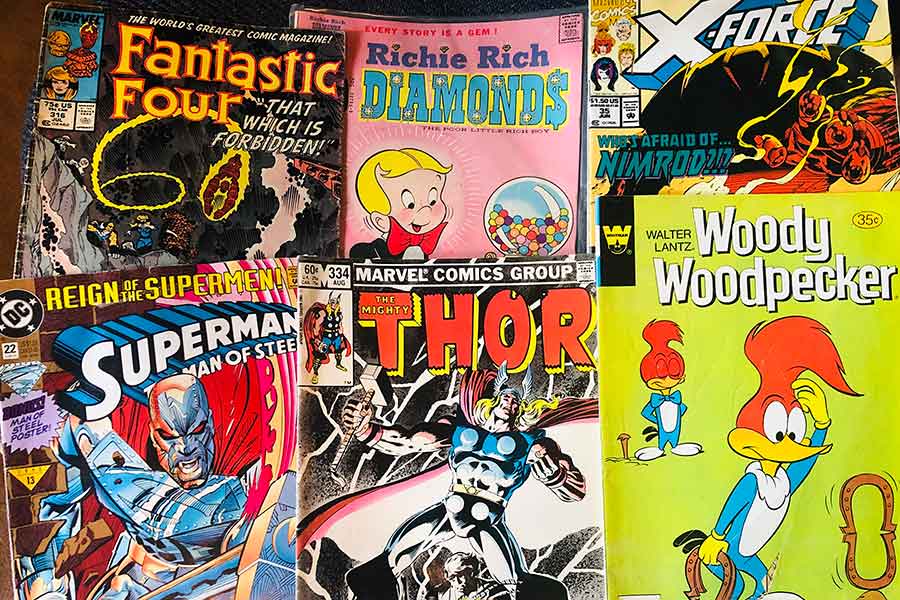Americans receive tens of billions of robocalls each year– that’s billions with a “B.” And, you can make book on the fact that too many of them are not from telemarketers but from telescammers targeting senior citizens, says the Association of Mature American Citizens [AMAC].
“Technology is making it easier to place automated phone calls and while many legitimate companies use them to sell products and services, criminals are having a lucrative field day using computer generated calls to swindle innocent citizens,” according to AMAC president Dan Weber.
The Federal Communications Commission [FCC] says that the number one consumer complaint it consistently receives is for unwanted automated calls. In fact, during the first half of 2018, the number of robocalls increased by at least 50%.
Ethan Garr, an executive at TelTech, a company that makes one of the many call blocker apps on the market, says that robocalls are cheap. He says it costs just a penny a minute. And, the technology news Web site, Futurism reports that some phone carriers actually kick back micropayments to telemarketers, and scammer.
Although such payments amount to just a fraction of a penny a call, it adds up considering the fact that the callers are making billions of calls a month. The Robocall Index, which keeps track of automated call frequency, says that more than 5 billion such calls were made in the U.S. just last month, more than double the number of calls made in the same period in 2017.
As for the scam calls, just last month police in Pennsylvania arrested a man in connection with a telescam leveled at senior citizens. He was charged with swindling elderly in various parts of the country out of some $400,000. What he allegedly did was to call seniors and tell them that a grandson was in trouble and needed cash immediately.
And then there was the Publishers Clearing House scammer who called a 90-year-old woman in New York earlier this month and conned her out of $20,000 by claiming she had won a PCH prize.
“Both of these scams are fairly common,” says Weber. “But, oftentimes the crooks get creative. For example, the IRS says some of them have found ways to alter their caller IDs to make it look as though the Internal Revenue Service is on the line. They’ll then threaten stiff penalties if the victims fail to pay money that they allegedly owe.”
The problem has gotten so bad that the Federal Trade Commission has created a scam alert that can help consumers avoid fraud, including telephone fraud. I also provides what some might call a “hit parade” of the latest cons.
Automated telephone calls may be annoying, but the statistics show that most them are legitimate sales calls. However, NBC News recently reported that as many as 40% of robocalls in the U.S. are from scammers. That means telescammers are targeting more than 10 billion potential victims a year.
“It doesn’t mean that all robocalling is bad. Such calls can serve useful purposes such as when they alert you to a life-threatening storm that may be approaching. Or when they alert you to potentially fraudulent use of a credit card, remind you of an upcoming appointment with your doctor or let you know that your prescription is ready for pick up at your local pharmacy,” says Weber.
For more stories like this, see the Dec. 5 issue or subscribe online.
The Association of Mature American Citizens [AMAC] is a senior advocacy organization that takes its marching orders from its members.


















0 Comments